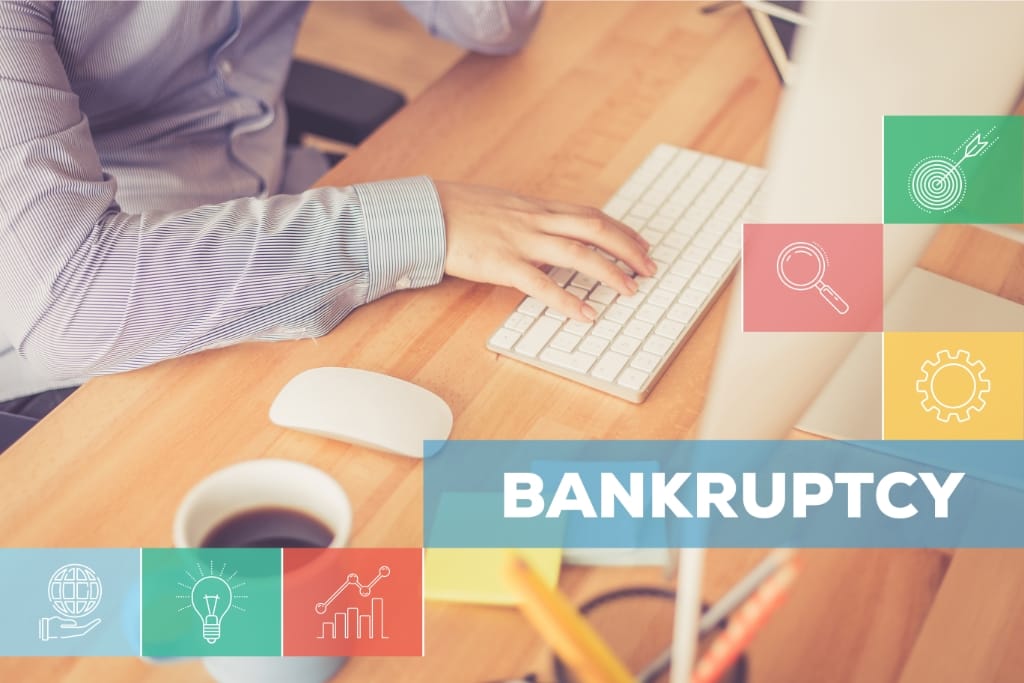Bankruptcy can be a daunting experience, but it is not the end of your financial journey.
After bankruptcy, many people may feel like they will never be able to borrow money again.
However, that is not the case. With the right steps, you can recover from bankruptcy and even apply for loans in the future.
In this article, we will discuss seven crucial steps that you must take before applying for a loan post-bankruptcy.
1)) Review Your Credit Report
Reviewing your credit report is essential after filing for bankruptcy. It is essential to ensure all discharged accounts are marked as "included in bankruptcy."
If any accounts reflect open or delinquent, you may dispute these accounts with the credit reporting agencies.
It will help you to restore your credit score and increase your chances of getting credit.
2)) Start Rebuilding Your Credit
The second significant step is to start rebuilding your credit as soon as possible.
Building a positive credit history prepares you for future borrowing opportunities.
After bankruptcy, you can apply for secured credit cards or personal loans with a co-signer.
These loans can help you start rebuilding your credit.
3)) Create a Budget and Cut Expenses
Creating a budget and sticking to it is an essential step after bankruptcy.
You can track your monthly expenses and income to identify areas where you can reduce spending.
By reducing expenses, you can free up some extra money, which can help you save, pay off debts or contribute to a down payment.
Pro-Tip: For those who have come out the other side of bankruptcy, a Paycheck Budget Planner can be an invaluable resource to help budget and cut expenses.
This type of planner allows individuals to track their income, and spending, and make adjustments as needed.
The planner can be used to identify areas where spending can be reduced or eliminated completely in order to increase one’s disposable income.
It can also be used to review current spending patterns and develop a plan for the future that is both practical and feasible.
In addition, it can help individuals identify areas where taxes or other fees may be reduced in order to maximize their savings.
Ultimately, using a printable paycheck budget planner can give those post-bankruptcy a greater sense of control and security with their finances.
4)) Save For A Down Payment
Saving money is an essential step when preparing to borrow after bankruptcy.
Lenders often require a down payment for mortgage or car loans.
Paying a higher down payment ensures lower interest rates and minimizes the possibility of defaulting on repayments.
5)) Consider Credit Counseling
Credit counseling is an excellent option to get guidance on managing your finances and building good credit.
Credit counseling agencies offer financial advice, debt management plans, and credit repair services to move forward with a better financial plan.
6)) Research Your Loan Options
Different types of loans can help you rebuild your credit after bankruptcy.
Personal loans, secured credit, and installment loans are available to help you get back on track.
Be sure to research each loan's terms, interest rates, and repayment periods before applying.
7)) Check The Lender's Eligibility Criteria
Before applying for a loan, ensure you meet the lender's eligibility criteria.
Check the minimum loan amount, credit score requirements, and the amount of time since the bankruptcy discharge.
You must meet their minimum requirements to increase your chances of approval.
Conclusion
Bankruptcy may seem like the end of the world, but it is an opportunity to start anew.
With the right steps, you can rebuild your credit and qualify for loans post-bankruptcy.
Reviewing your credit report, rebuilding your credit, creating a budget, saving for a down payment, considering credit counseling, researching your loan options, and checking the lenders' eligibility criteria can help you overcome financial difficulties and set you on a path to financial freedom.
Download Our Free E-book!








